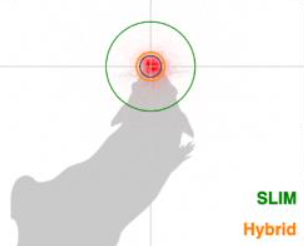We combines computational and experimental approaches, which can be grouped by two fundamental research lines.
AUDITORY CODING & SOCIAL COMMUNICATION
Audition is a fascinating research topic. The auditory system perform many tasks effortlessly, such as localizing sounds, identifying auditory objects and recognizing auditory textures.
The representation of sounds in the auditory cortex is an exciting field of research, in particular as recent techniques allow us to record from large populations. In the lab we use electrophysiology (Neuropixel 2.0, up to 768 Channels) and Ca-imaging (GCaMP8m, Widefield and 2-photon) in combination with optogenetic cell-type identification to understand the representation of complex sounds and predicted information.

Sounds, i.e. vocalizations, are also used by mice during several social interactions, e..g. courtship, territorial disputes or to express their affective state. We have pioneered an acoustic-camera based sound localization system that reaches up to 125kHz and allows us to attribute vocalizations to their emitter with millimeter precision. We are developing this system further in the UltraEx project using an end-to-end machine learning pipeline to enable a much more refined study of social communication in rodents.

WHOLE-BRAIN NEURAL DYNAMICS
We are highly invested into analyzing the latest whole-brain recordings from awake behaving zebrafish with up to 100000 neurons in collaboration with the lab of Dr. Misha Ahrens (Janelia Research Campus, USA). In this collaboration we taylor the latest tools of machine learning to investigate the neural activity dynamics, and develop agile tools that scale well with the enormity of the datasets.
